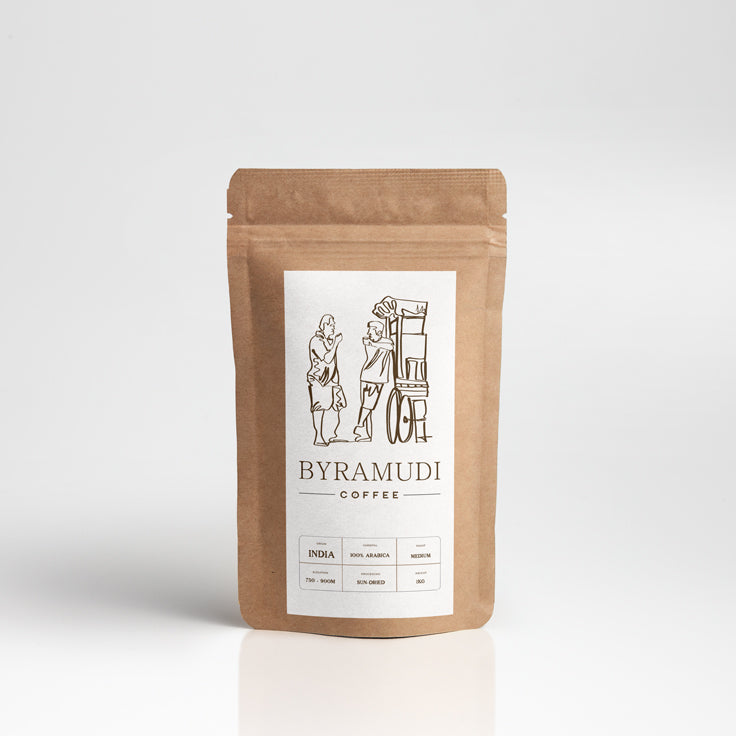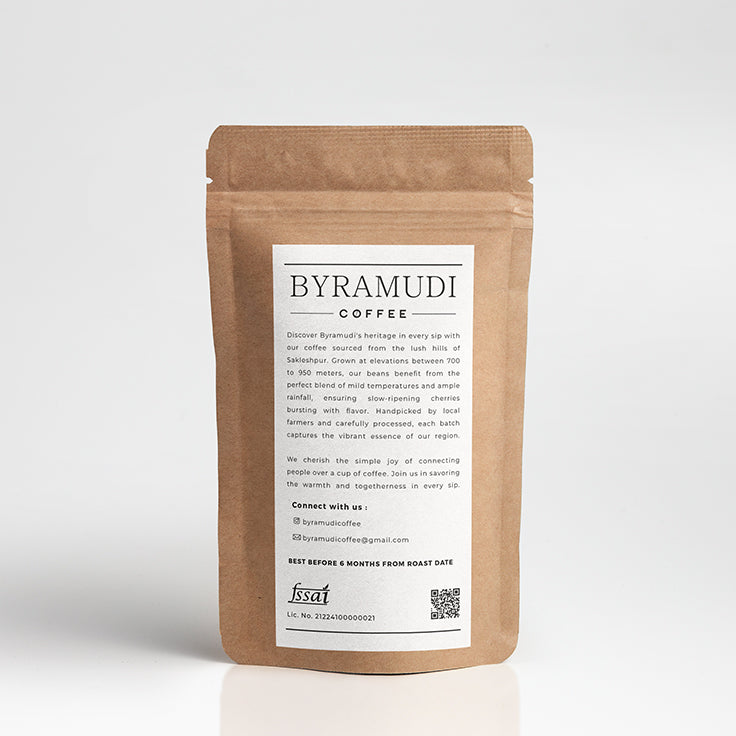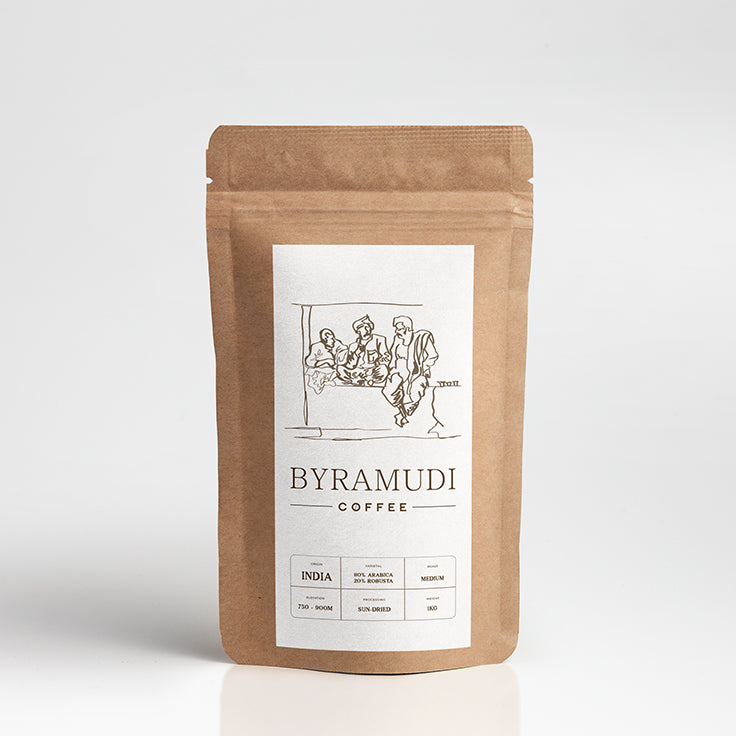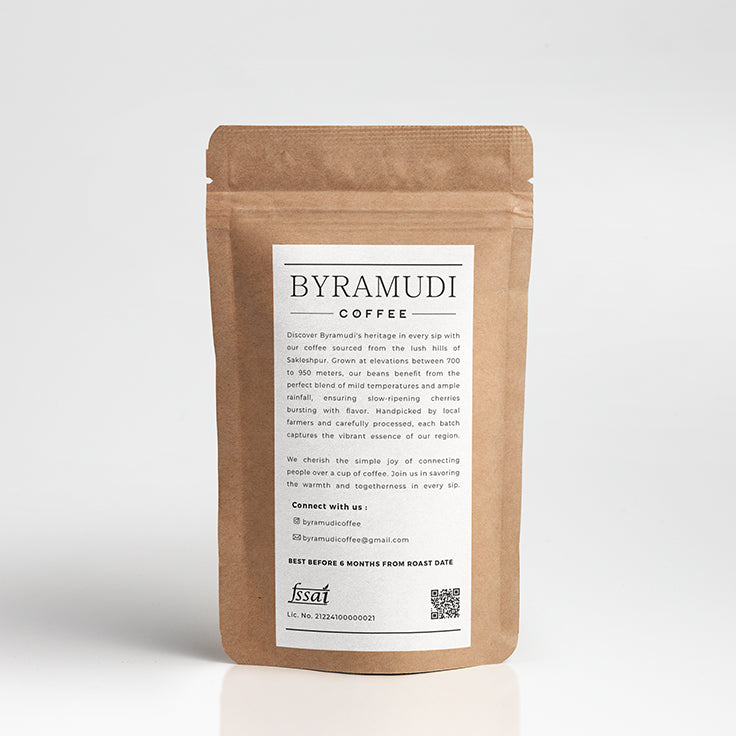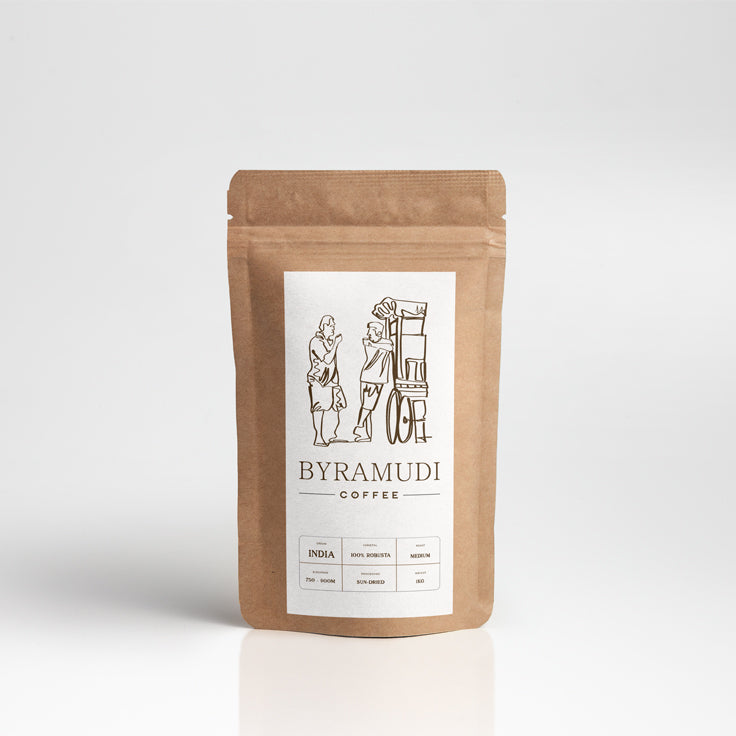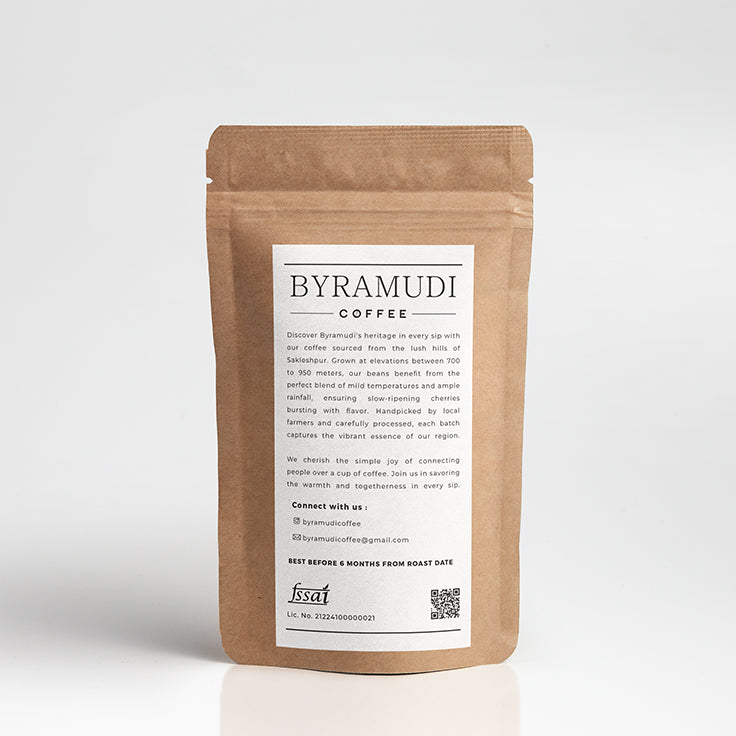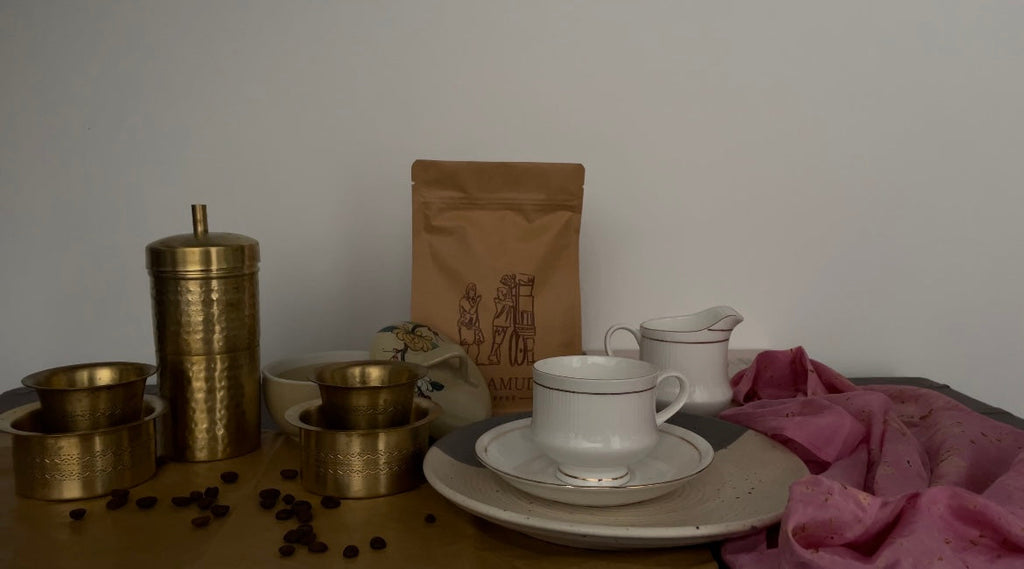
What is Coffee? From Seed to Sip – A South Indian Perspective

Coffee is much more than a drink; it’s an integral part of cultures around the world, and in South India, it’s a way of life. Known for its rich, full-bodied flavor, South Indian filter coffee has a special place in the hearts of millions. But what exactly is coffee, and how does it go from a humble seed to the cup of filter coffee you savor each morning? Let’s take a closer look at the journey of coffee, with a special focus on South India’s unique coffee culture.
The Origins of Coffee: From Tree to Bean
Coffee comes from the seeds of coffee cherries that grow on coffee trees, typically in tropical climates. In South India, particularly in regions like Karnataka, Kerala, and Tamil Nadu, coffee thrives in the cool, high-altitude areas of the Western Ghats. These areas are renowned for their fertile soil, ideal weather conditions, and the perfect altitude range of 950 to 1200 meters above sea level, making them perfect for growing both Arabica and Robusta coffee varieties.
Once the coffee cherries ripen, they are carefully harvested and processed to reveal the seeds—what we know as coffee beans. These beans undergo roasting, grinding, and brewing to produce the cup of coffee that many people in South India enjoy daily.
South Indian Filter Coffee: A Tradition Like No Other
In South India, coffee isn’t just a drink; it’s a part of the daily rhythm of life, often served in a traditional steel tumbler and saucer, known as the "dabra" and "tumbler". South Indian filter coffee, also known as "Kaapi", is made using a slow-brewing process that extracts the rich, aromatic flavors of the coffee beans, resulting in a strong, flavorful brew.
What sets South Indian filter coffee apart from other coffee styles is the unique brewing method and the specific ratio of coffee to water. The coffee grounds are brewed in a traditional metal filter, which allows the coffee to steep slowly, resulting in a strong concentrate. The concentrate is then mixed with hot milk and sugar to create a creamy, rich coffee that’s enjoyed in the mornings or throughout the day.
Anatomy of a Coffee Cherry
Understanding the journey of coffee starts with the coffee cherry, the fruit from which the beans are harvested. A coffee cherry consists of several layers:
- Exocarp (Outer Skin): The outer layer of the cherry that changes color as it ripens, providing a natural protection to the beans inside.
- Mesocarp (Pulp): The sweet, fleshy part surrounding the beans, which imparts the natural sweetness to the coffee.
- Endocarp (Parchment): A thin protective layer that encases the beans as they develop.
- Testa (Silver Skin): The outer layer of the coffee bean itself, which helps protect it during its early stages.
- Endosperm (The Bean): The core of the coffee bean, rich in compounds that influence the flavor and aroma of the coffee once roasted.
Arabica vs. Robusta: The Key Players in South Indian Coffee
In South India, two types of coffee beans dominate: Arabica and Robusta.
- Arabica Coffee: Grown in the cooler, higher altitudes of South India, Arabica beans produce a smooth, flavorful coffee with delicate acidity and fruity or floral notes. Arabica beans are often preferred for filter coffee due to their nuanced flavors, which pair well with the slow brewing method.
- Robusta Coffee: Robusta beans, grown in slightly lower altitudes, have a stronger, bolder flavor with a higher caffeine content. These beans contribute to the fuller body and strength that many people seek in their South Indian filter coffee. Robusta beans are commonly used in espresso blends, but in South India, they are often mixed with Arabica to give the coffee its distinctive richness and bold flavor.
From Cherry to Cup: The Coffee Process
The journey of coffee from the cherry to the final cup involves several steps:
- Harvesting: Once the cherries ripen, they are harvested by hand, ensuring only the best cherries are selected.
- Processing: After harvesting, the cherries are processed to extract the beans. South India typically uses a wet processing method, where the cherries are pulped, fermented, and then washed before being dried.
- Roasting: The beans are then roasted, usually in a traditional drum roaster, to bring out their deep, rich flavors. The roasting process in South India often uses a darker roast, which helps create the bold flavor that filter coffee is known for.
- Grinding: After roasting, the beans are finely ground to prepare for brewing. The grind size is crucial for filter coffee, as it needs to be fine enough to produce a strong concentrate, but not so fine that it clogs the filter.
- Brewing: The coffee grounds are placed in a traditional South Indian coffee filter. The slow brewing process extracts the coffee’s rich flavors over several hours. The result is a thick, concentrated brew that is mixed with hot milk and sugar to create the signature cup of South Indian filter coffee.
The Legacy of South Indian Coffee
Coffee has a long-standing tradition in South India. The region is one of the largest coffee producers in the country, and the coffee grown here is known for its distinctive taste, influenced by the region's climate, soil, and cultivation methods. South Indian filter coffee is more than just a drink; it’s part of the culture, enjoyed in homes, cafes, and roadside stalls. The ritual of preparing and drinking filter coffee is a cherished tradition that brings people together, whether it’s shared with family in the morning or offered to guests as a sign of hospitality.






